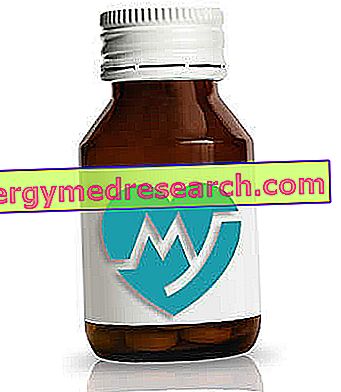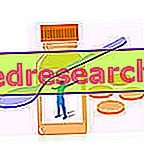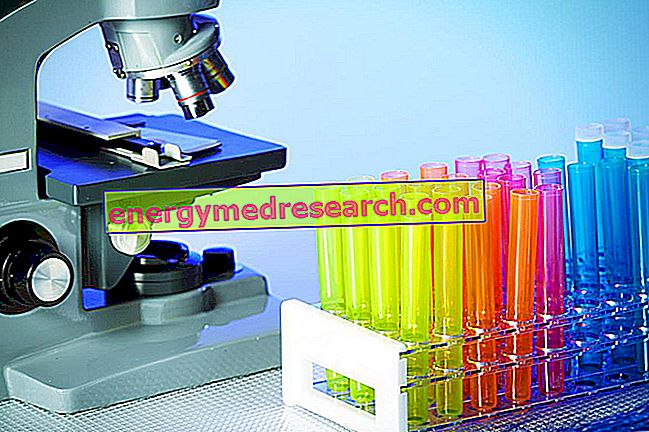
Not only for folic acid, but also for other nutrients, food bioavailability provides a lower absorption coefficient than drugs and supplements.
With regard to folic acid, the relative discrepancy between food and synthetic molecules has also been estimated, but the quantitative assessment of this difference is (for various reasons) still under discussion.
In a 2007 study published as " Bioavailability of Food Folates is 80% of That of Folic Acid ", a 4-week dietary intervention was monitored to determine the bioavailability of folate contained in fruit, vegetables and liver (food ) compared to synthetic folic acid.
In detail, 72 adult subjects were divided into 4 groups; one group followed a diet rich in folic acid by taking a placebo capsule, while the other three followed a diet low in folic acid by taking a synthetic vitamin tablet (with three different concentrations). Furthermore, all subjects ingested an "actual and declared" capsule of folic acid (non-placebo) daily.
At 4 weeks from the start of the experiment the serum concentrations of the vitamin were evaluated and it was found that the bioavailability of food folic acid, compared to that of the synthetic, is equal to 78-85% (estimated range on all groups) .
In conclusion, the bioavailability of folic acid contained in fruit, vegetables and liver (food) is about 80% compared to the synthetic molecule. The study has therefore shown that a diet rich in foods with a high content of folic acid can significantly improve the plasma levels of the vitamin and may be able to replace up to 80% of the pharmacological integration of folates.



